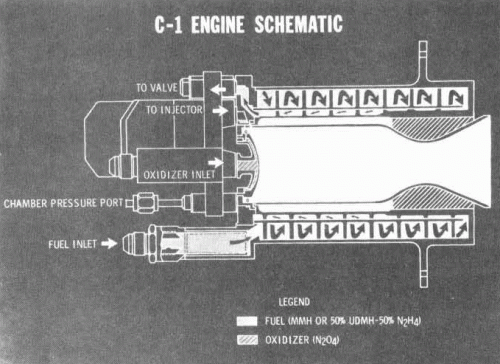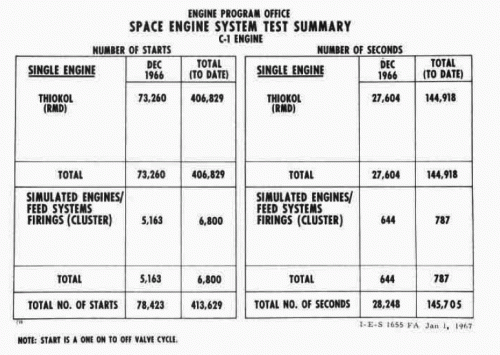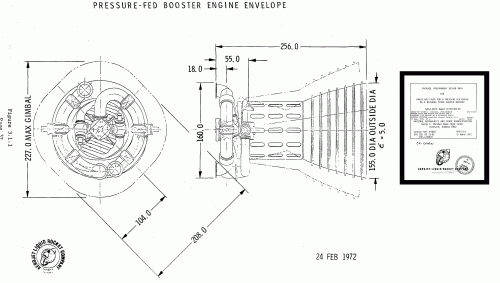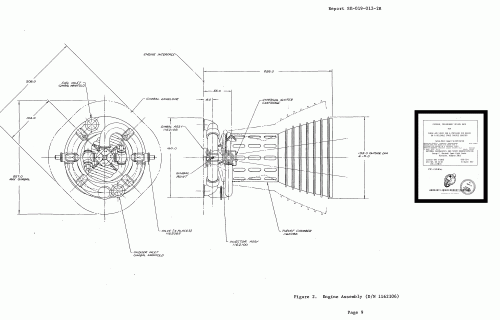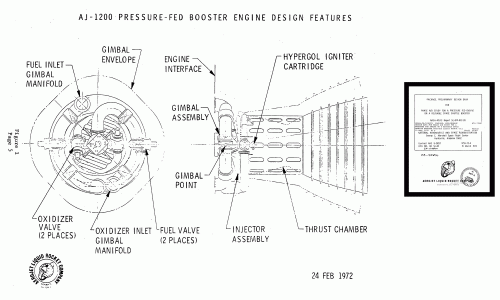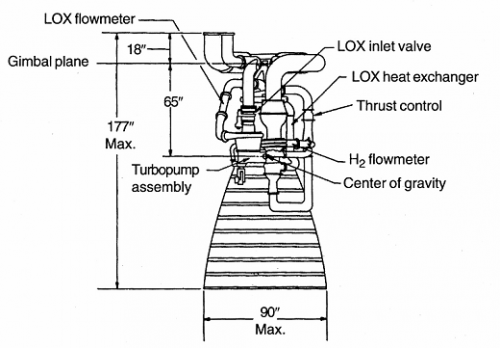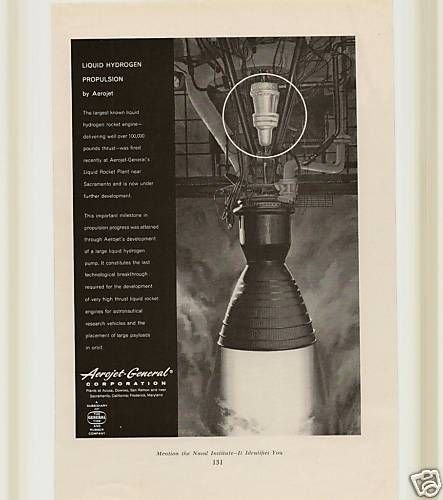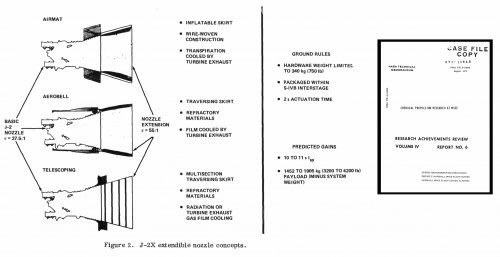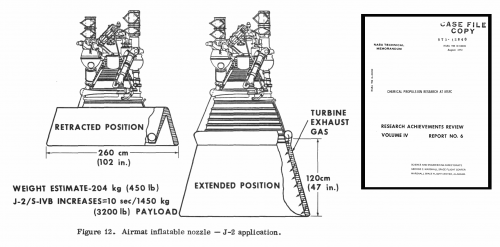So I found an engine program which wasn't on Astronautix by randomly reading documents on the US Space & Rocket Center's digital archives at UAH.
The document in question is:
Launch Vehicle Engines Project Development Plan MA001-A50-2H (1 January 1967)
And here's the link to download the 14 MB PDF from my site:
Link
It's spread across several places in the above document, but the concise tl;dr version is:
The C-1 Engine Project was intended to provide a 80-100 lbf pressure fed engine with an ablative or radiatively cooled nozzle capable of meeting the collective requirements of the following applications:
After winning the Definition/Demonstration phase, Reaction Motors Division of the Thiokol Chemical Corporation began the Development phase on 18 October 1965. At the time of the source [January 1967] this phase was to have continued for 21 months, and focused on the Apollo SM and LEM applications to allow a Flight Readiness Demonstration to be completed during the 15th program month and formal qualification to be completed at the end of the 21st program month.
The document in question is:
Launch Vehicle Engines Project Development Plan MA001-A50-2H (1 January 1967)
And here's the link to download the 14 MB PDF from my site:
Link
It's spread across several places in the above document, but the concise tl;dr version is:
The C-1 Engine Project was intended to provide a 80-100 lbf pressure fed engine with an ablative or radiatively cooled nozzle capable of meeting the collective requirements of the following applications:
- Re-Entry Control for the Apollo Command Module
- Ullage settling for the S-IVB stage
- Reaction control for the S-IVB stage
- Reaction control for the Apollo Service Module
- Reaction control for the Apollo Lunar Excursion Module
- Extended mission requirements of Reaction Control Systems on AAP and post AAP flights.
After winning the Definition/Demonstration phase, Reaction Motors Division of the Thiokol Chemical Corporation began the Development phase on 18 October 1965. At the time of the source [January 1967] this phase was to have continued for 21 months, and focused on the Apollo SM and LEM applications to allow a Flight Readiness Demonstration to be completed during the 15th program month and formal qualification to be completed at the end of the 21st program month.

